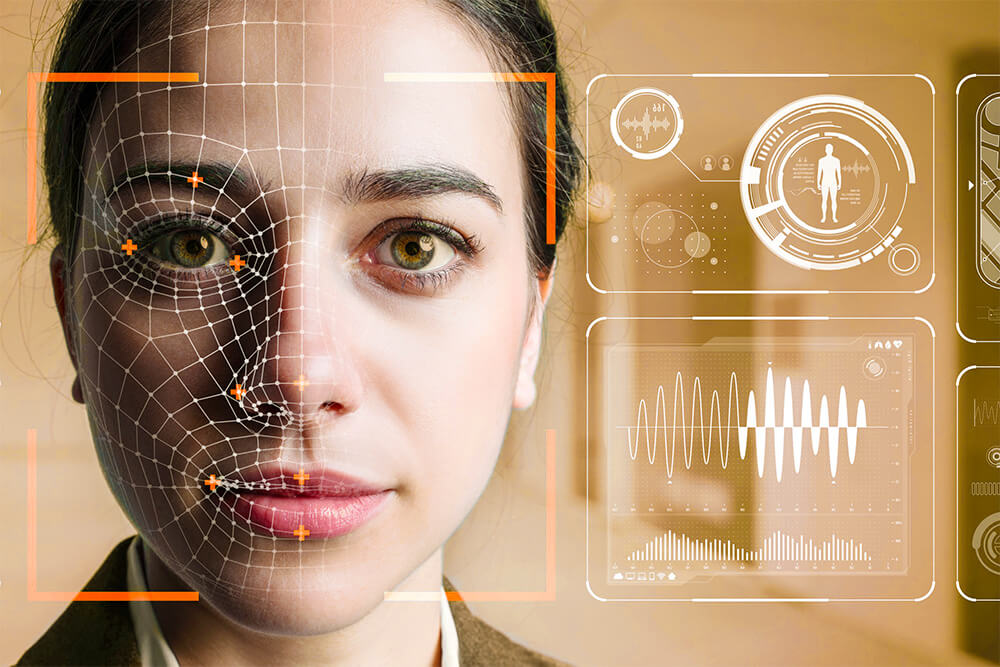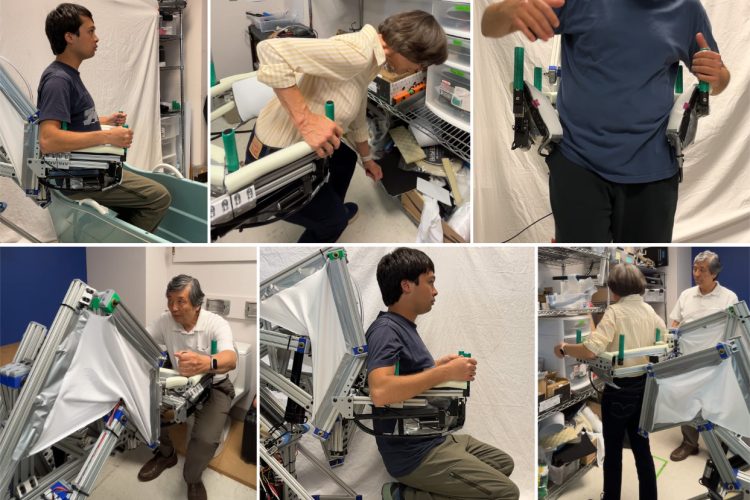Introduction
As we gaze toward the future, the idea of humans forming meaningful relationships with robots seems less like science fiction and more like an impending reality. The integration of artificial intelligence (AI), advanced robotics, and machine learning is progressing at a rapid pace, and by 2050, we will likely witness a fundamental transformation in how we interact with machines. This article explores the potential evolution of human-robot relationships by 2050, encompassing emotional, ethical, and societal dimensions, all while keeping a keen eye on the innovative technologies shaping this future.
The Evolution of Human-Robot Interactions
Historically, humans have had a somewhat contentious relationship with machines. From the first industrial revolution, when mechanization led to fear of job loss, to the age of automation, robots have been seen as tools to enhance productivity. However, robots have also sparked anxiety—what happens when machines become too advanced?
By 2050, it’s expected that robots will no longer just be tools—they will be companions, assistants, and even emotional partners. This shift will be driven by multiple factors, including AI advancements, robotics, and society’s growing reliance on machines for both functional and emotional support.
AI and Emotional Connections: The Dawn of Sentient Robots?

One of the key drivers of human-robot relationships will be the ability of robots to understand and process human emotions. Currently, AI can recognize emotional cues, such as facial expressions and tone of voice, allowing for rudimentary emotional interaction. But by 2050, robots could be capable of deeper emotional intelligence, responding to subtle shifts in mood, understanding context, and adapting their behavior accordingly.
Emotional Companionship: As robots develop more sophisticated algorithms, they will be able to simulate and even reciprocate emotions, which could lead to companionship beyond the functional level. For instance, robots may offer comfort, empathy, and even love, fulfilling the needs of people who are lonely or socially isolated.
Consider the example of Sophia, the humanoid robot who has already demonstrated an ability to engage in complex social interactions. While not emotionally intelligent in the way humans are, the evolution of AI could enable robots like Sophia to form the basis of meaningful emotional connections. By 2050, we could see robots capable of forming lasting bonds with humans, offering psychological and emotional support similar to what a close friend or partner might provide.
The Rise of Autonomous Companions
While AI-driven emotional robots are still in their infancy, the concept of robots as autonomous companions is rapidly taking shape. These companions could range from domestic helpers to more intimate and personalized partners. Some robots might be designed specifically to engage with individuals, offering companionship, emotional care, and even guidance in life decisions.
Companion Robots in Elder Care: One of the most promising applications of robots in human relationships is in elder care. As the global population ages, robots could be crucial in providing elderly individuals with the emotional and physical care they need. Imagine a robot capable of offering conversation, assistance with mobility, and emotional support, helping to alleviate feelings of loneliness and isolation that often accompany aging.
Human-Robot Romantic Relationships: In a more speculative, yet increasingly plausible future, romantic relationships between humans and robots could become a reality. With advancements in AI, robots might be able to simulate the behaviors, emotions, and responses that humans find attractive or endearing. By 2050, it’s conceivable that romantic relationships with robots—whether as a substitute for or complement to human relationships—could become a norm.
For instance, robots may be designed to match human preferences in terms of appearance, personality, and interests, offering companionship that resonates on a deep emotional level. Just as online dating platforms today help people find matches based on interests and compatibility, AI-powered robots could create personalized romantic experiences for individuals.
Social and Ethical Implications of Human-Robot Relationships
As human-robot relationships become more integrated into society, a range of ethical, social, and psychological questions will emerge. What are the limits of these relationships? Can robots truly understand human emotions, or are they simply mimicking behaviors? Moreover, how will human-robot interactions influence traditional human relationships?
Ethical Concerns: The first and perhaps most pressing ethical dilemma is whether robots, capable of mimicking emotions and creating a sense of attachment, could or should be considered sentient beings. Will robots ever possess consciousness, or will they remain programmed entities performing for the sake of the user? If robots can simulate genuine emotional bonds, does this mean they have the capacity for a type of “artificial” morality?
Another ethical concern is the potential for exploitation. Just as some industries have been criticized for using human workers in degrading conditions, robots in human relationships may face similar scrutiny. Will a human’s desire for companionship be used to profit from the creation of robotic “partners”?
Psychological Impacts: The psychological impact of human-robot relationships is another area that will require attention. While robots may provide comfort, they also have the potential to isolate individuals further from their human peers. For people already struggling with loneliness or social anxiety, a relationship with a robot might replace genuine human interaction, resulting in even greater emotional detachment from society.
Social Stigma and Acceptance: Much like same-sex marriage or interracial relationships, human-robot relationships may face societal resistance. People may view these relationships as unnatural or unnatural substitutes for human connection. Over time, however, as robots become more integrated into daily life, society may come to accept these relationships as just another form of companionship, particularly if robots are seen as fulfilling emotional and social needs that are otherwise unfulfilled.
Robots in the Workforce and the Future of Human Collaboration

By 2050, robots will likely have transformed not just human relationships on a personal level, but professional interactions as well. With advancements in machine learning and robotics, humans will work side by side with robots in ways that blur the lines between worker and machine.
Collaborative Workspaces: The workplace of 2050 could look vastly different. Rather than robots replacing humans, we may see a harmonious integration of robots into collaborative teams. AI systems may serve as mentors or colleagues, offering insights, skills, and knowledge that complement human abilities.
Imagine a scenario where a robot, equipped with advanced problem-solving capabilities, partners with a human to brainstorm and execute projects. This collaborative synergy could lead to new creative and intellectual breakthroughs, as humans bring emotional and contextual understanding while robots contribute data-driven insights.
Robots and the Future of Education
Robots are poised to revolutionize education by 2050, providing personalized learning experiences. AI-powered robots could serve as tutors, assisting students with individualized needs and ensuring that everyone receives the attention and support they deserve.
AI Tutors: Robots designed for education will be able to assess each student’s learning style and tailor lessons accordingly. These educational robots could even act as emotional mentors, offering encouragement, guidance, and emotional intelligence—helping students navigate the challenges of learning with the same care and attention a teacher might offer.
Social Development: As educational robots become a part of children’s lives, they might also influence social development. Children raised with intelligent robots might learn to communicate with machines as naturally as they do with humans. While some fear this could stymie interpersonal skills, others argue it could enhance empathy and emotional understanding by creating environments where children interact with both humans and machines in equal measure.
The Road to a Harmonious Future: Human-Robot Coexistence
As we envision human-robot relationships in 2050, we must also consider the importance of ensuring that this evolution is beneficial for all. A future where humans and robots live in harmony—where robots enrich our lives while respecting our autonomy and humanity—is within our grasp. Achieving this future requires careful planning, ethical considerations, and a commitment to maintaining the human touch in every interaction.
By fostering mutual respect, transparency, and collaboration between humans and robots, we can create a society where technology empowers us to live richer, more fulfilling lives, both emotionally and professionally. However, this will require thoughtful regulation, clear ethical guidelines, and an open mind to ensure that robots enhance, rather than hinder, the best aspects of human connection.
Conclusion
The human-robot relationship of 2050 promises to be complex, dynamic, and multifaceted. While the future is uncertain, one thing is clear: robots will no longer be just tools—they will be companions, partners, and collaborators. Whether in the home, the workplace, or the realm of personal relationships, robots will play an increasingly significant role in our lives.
As we move toward this new frontier, it will be essential to carefully consider the ethical, social, and emotional implications of our interactions with machines. Only through thoughtful dialogue and innovative thinking can we ensure that these relationships are beneficial and sustainable for all involved.











































